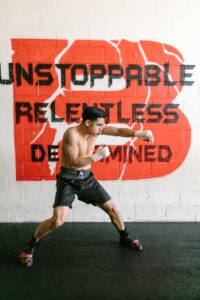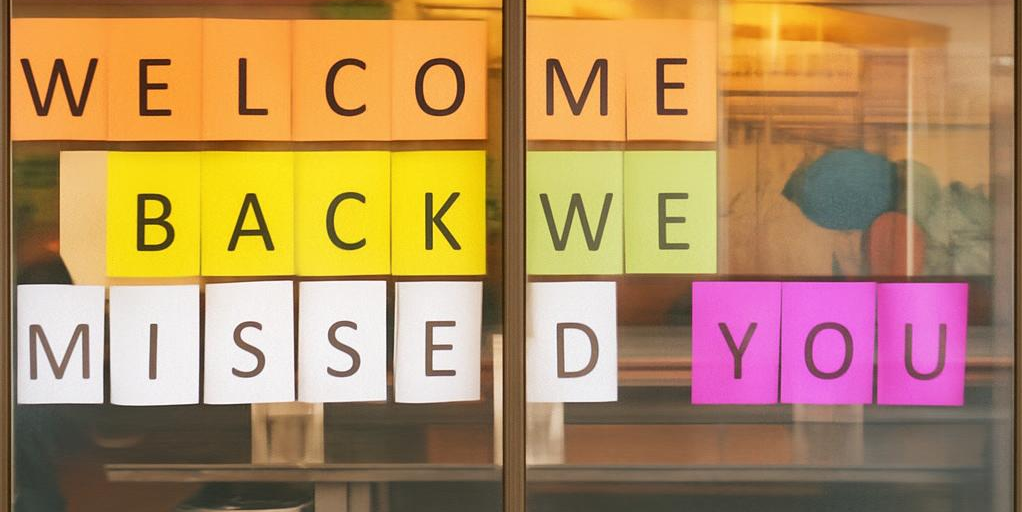Read time 6 minutes
This blog is one such celebration, a moment of gratitude for the Universe. It has continuously blessed me with resilience, recovery, and the gift of health.
The Collision of Two Worlds

In the years before my diagnosis, I was forced to live in two parallel timelines.
One belonged, where I never wanted to be, the patient: fragile and hidden behind hospital curtains. The other belonged to the professional: confident, ambitious, and determined.
The clash of these worlds left me asking: Who am I now?
The answer didn’t come in a jiffy; it revealed itself slowly, like a mystery unfolding chapter by chapter. I often thought the second face was the ‘real’ me. The one that mattered. The one that defined my worth.
But…
Life has a way of stripping away illusions. It prepared a battle for me, one so relentless that it nearly erased every version of myself I thought I knew.
This is not just a story about illness. It’s about the strange, mysterious in-between space where identity breaks and reforms. It’s about the comeback I never believed I’d make… It’s about learning to balance the patient I was forced to become with the professional I still am.
For a long time, I thought my career ended the day my health issues took over. A list of diagnoses tried to write my story for me.
But years later…
Here I am, healthier, stronger, and preparing for my next role. If you’ve ever dreamed of a comeback, let this be proof: it’s possible.
The Rare and The Unstoppable

The first name etched into my medical file was Isaacs’ Syndrome. It is a rare neurological condition so uncommon that many doctors had never seen it before. My muscles twitched, cramped, and stiffened as if my body had become a battlefield of its own. Even the simplest tasks, lifting a cup, walking across a room, felt like climbing mountains.
Then came Lyme disease . It is a bacterial infection that seeped into my nervous system, joints, and heart. Fatigue became my shadow, pain my constant companion.
As if that weren’t enough, Glaucoma arrived, threatening my vision.
But the list grew longer. Membranous Glomerulonephritis, a kidney condition where my own immune system turned against me. Irritable Bowel Syndrome (IBS), Diabetes, Frozen Shoulder, Eczema, and Blood Pressure issues.
It felt as though my body had become a full-time project, a puzzle with too many missing pieces.
Yet, in this storm, I discovered something unexpected:
Every illness carried a hidden lesson. Isaacs taught me patience. Lyme taught me endurance. Glaucoma taught me perspective. Each condition was painful, yes, but also strangely instructive. It was as if my body was forcing me to learn resilience in ways no classroom or office ever could.
Lessons from: Standing on the Edge

Living with rare and chronic illnesses was like being enrolled in a school I never signed up for. The lessons were brutal, but they shaped me in ways nothing else can.
Here’s what I learned:
1) Health is the foundation. Without it, everything, yes, everything crumbles.
2) I am my best advocate. No one knows my body better than I do.
3) Pacing is power. Rest is not weakness; it’s a strategy.
4) Mental health matters. Anxiety, grief, and frustration are part of the journey, and ignoring them only deepens the wound.
5) Celebrating small wins is a very important part of the journey. Walking a little farther, sitting through a meeting without fatigue, or simply waking up with less pain, all these are victories.
The biggest lesson was this: identity is not fixed. It bends, it breaks, and it rebuilds. I realised that the patient in me was not my enemy. He was my teacher. And the professional in me was not gone; he was simply waiting for his turn to rise again.
The Mystery of my Identity

Illness had its way of stealing my reflection.
On many occasions, I looked in the mirror and saw someone I didn’t recognise. The professional identity, the one that once gave me purpose, faded into the background. The patient’s identity took over.
But here’s the strange truth: both identities were real. Both were mine. And the real challenge wasn’t choosing one over the other, but instead learning how to let them coexist.
By day, I was the patient, tracking sugar levels, attending appointments, and managing fatigue. By night, I was the dreamer, writing blogs, sketching strategies, imagining a return to the professional world. Slowly, I realised the two weren’t enemies. They were partners.
Preparing for a Comeback?

If you’re a patient dreaming of returning to work, know this: it’s possible. Here’s how I’ve learned to make it work and exist in both worlds:
1. Acknowledge My Limits:
Having said that, I refuse to limit myself. I have learned to accept that I may need more breaks than others. But that doesn’t mean I can’t deliver results. It means I can work both smarter and harder.
2. Transfer Skills from Illness to Career:
Managing multiple conditions has sharpened my resilience, problem-solving, and time management. These are not weaknesses anymore; they have become my assets now.
3. Create a Flexible Routine:
I design my day around my energy peaks. Mornings for deep work, afternoons for lighter tasks. It’s not about doing less; it’s about doing differently and smartly. I choose to write my blogs in the morning hours when my energy levels are great.
4. Communicate Clearly:
I’ve learned to be upfront. In my experience, transparency builds trust, and trust builds collaborations.
5. Rehabilitation program:
I did occupational therapy to rebuild work-related skills.
6. Upskill and reskill:
I chose online courses that bridged career gaps.
7. Networked gently:
I reconnected with old colleagues without putting pressure.
8. I prioritise health appointments:
They are non-negotiable.
9. Practised self-compassion:
I am not behind. I am simply on a different path.
My comeback is not a single dramatic moment. It’s a series of quiet victories. It’s the day when I write for two hours without pain. It’s the meeting I attend without fear of fatigue. It’s the moment I realised that my calendar holds not just medical visits, but professional opportunities. I believe my comeback is deeply powerful.
Before, I measured success in promotions and numbers. Now, I measure it in resilience, in courage, in the ability to rise after falling. That is the true definition of a comeback.
Conclusion: The Next Chapter

Here’s the strange truth: both my identities as a patient and a professional were real. Both were mine. And the real challenge wasn’t choosing one over the other, but instead learning how to let them coexist.
Today, my health is stable. I’ve learned to manage my conditions, listen to my body, and still strive for excellence. Today I feel ready to take on responsibilities again, not as the same person I was before 2015, but as someone wiser, stronger, and more balanced.
If you’re living with chronic illness and wondering if you can do the same, know this: you are not alone. If you’re reading this while juggling medications, appointments, and fatigue, hear me:
Your professional dreams and life are still valid. You can carry both identities, patient and professional, with pride. One teaches you resilience; the other gives you purpose. And maybe, just maybe, your comeback will be the most powerful chapter of your life. Mine certainly is.
My story matters. And my next role, whatever it may be, can be my best yet.
DISCLAIMER
These reflections are based on personal experience and do not constitute medical advice. Always consult your healthcare provider when exploring therapeutic options.


